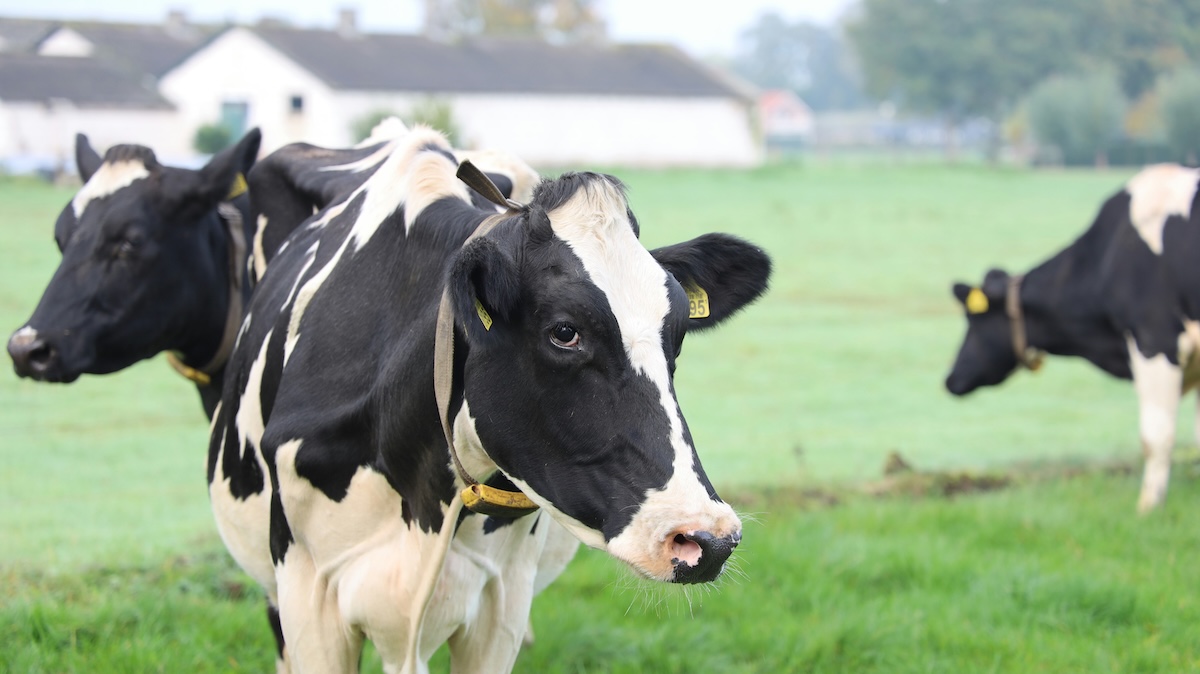How to Unlock the Green Energy Potential of Biobased Side Streams
Authors: Xuewei Liu, Wu Chen, University of Southern Denmark (SDU)
We studied how biobased side streams are generated and treated in Denmark, and how much green energy they could produce. We also looked at future trends on relevant policies. These findings could help other countries and regions move forward in their green energy transition.
To unlock the green energy potential of biobased side streams, several key questions must first be addressed, such as: How much biobased side stream is generated, what portion of it can potentially be utilized for green energy production and what strategies can be implemented to fully realize this potential.
To understand the potential of green energy from waste, we need reliable scientific methods. But it’s also important that the results are easy for everyone to understand. That’s why we used a method, Material Flow Analysis (MFA), which helps track how materials move through a system and makes complex data easier to explain.
Read more about the material flow analysis (MFA) of biobased side and waste streams we conducted in Denmark:
The Most Important Requirements for Success
Biowaste Identification
Clearly define the system boundaries. Identify the biowaste categories generated in the studied area.
Data Compilation
Refer to as many data sources as possible. Compile and verify data using a multi-source approach.
Policy Research
Analyze relevant policies within the study area to support scenario analysis and forecast future trends.

Analysis of the green energy potential of biobased side streams is typically conducted at the national or at least regional scale. Such analyses require extensive data and support from various stakeholders. To carry out an efficient analysis, the following steps should be followed:
- Conduct a literature review and consult experts to clearly define biobased side streams, establish the system definition, and determine the scope of the analysis.
- Collect data from as many sources as possible, and contact stakeholders when necessary to obtain supplementary information.
- Develop a mathematical analysis model based on the defined system and the collected data.
- Consult experts to refine and adjust the analysis model.
- Run model calculations to obtain preliminary results.
- Consult experts and stakeholders to validate the accuracy of the preliminary results.
- Analyze the results, present them clearly using figures and tables, and provide policy recommendations.
Technology
Material flow analysis (MFA) is a widely used method in waste management for tracking the movement of materials into and out of a defined system over a specific time period. A static MFA provides a snapshot of the system at a particular moment, whereas a dynamic MFA captures the system’s behavior over time. The input-output balance principle of MFA ensures the completeness of processes and flows within the analysis, and can be used to estimate unknown flows that are not directly available from existing data sources.
Developing a forecast model and conducting scenario analysis are essential for predicting future trends. You should have a basic understanding of linear regression to build a simplified forecasting model. Scenario analysis should be guided by relevant policies, such as energy development strategies, climate legislation, and carbon emission reduction targets.
Stakeholders
Comprehensive analysis of biobased side streams at national level requires support from multiple stakeholders. Data obtained from statistics are limited and could conflict over years, support from national statistics office could help reduce the uncertainties of data. The involvement of local biogas plants could improve estimation accuracy on biogas potential. Data or documents collected from Energy Agency will also facilitate the estimation related to energy demand and supply as well as scenario development.
Society
Advancing the use of biobased side streams plays a key role in building a circular economy. As more of these materials are used to produce biogas and other green energy, new jobs are created in areas of waste collection, processing, and energy production. This not only boosts rural communities and supports farmers, but also drives innovation in bioenergy technologies. These developments can lead to long-lasting benefits for society.
People’s willingness and ability to separate waste influence the availability and quality of biobased side streams. When the public understands how and why to sort waste properly, the quality of these materials improves. Public awareness campaigns and clear, transparent communication can help build trust and support, encouraging more people to participate in sustainable practices.
Environment
The promotion of biogas production from biobased side streams reduces greenhouse gas emissions by replacing fossil fuels, supports a circular economy by converting waste into valuable energy, and contributes to achieving Denmark’s climate goals and the EU’s renewable energy targets.

